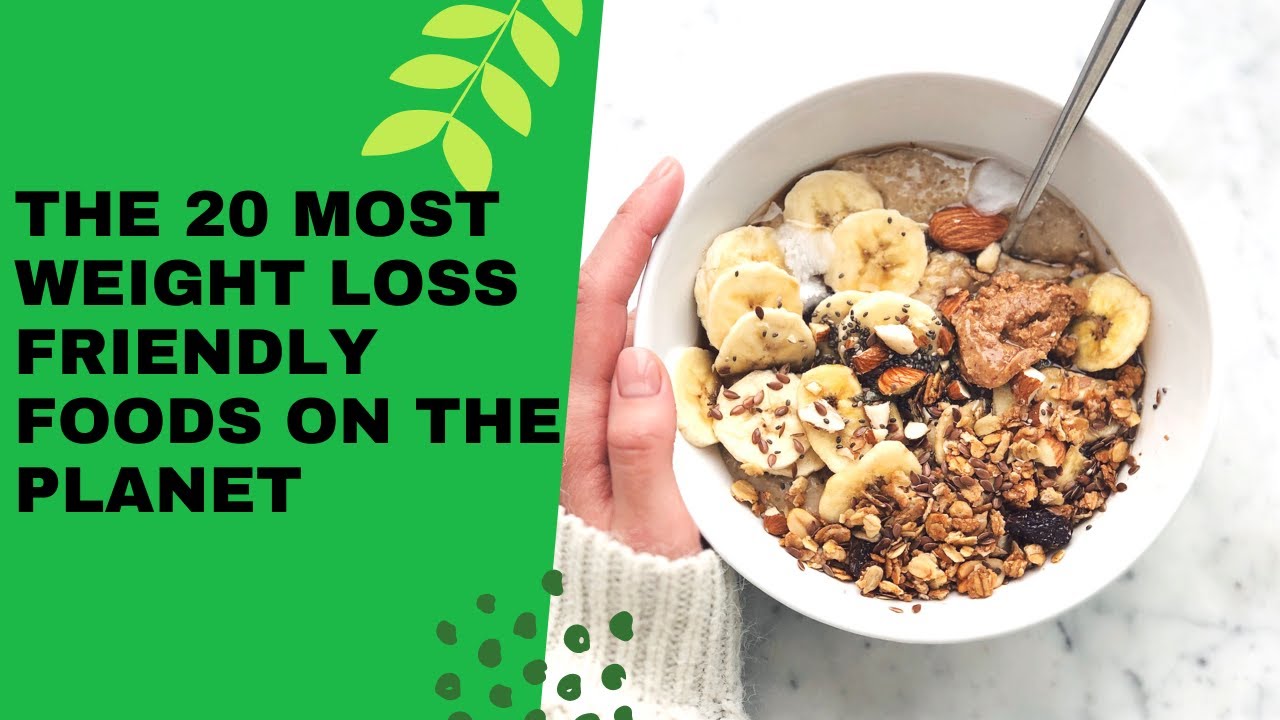How to identify pure, natural honey from the adulterated and fake ones

How to identify pure, natural honey from the adulterated and fake ones is todays topic. Most of us often use Honey as a healthy alternative to refined sugar. Honey is fat-free, cholesterol-free, sodium-free and this liquid is rightly termed as nature’s sweet nectar. The sweet, sticky thick liquid is no less than an elixir for us but if you are planning to invest in honey in order to switch to a healthier lifestyle, you must first check its purity before buying. This is important especially for us living in Africa as many producers are using additives in their honey. With major brands such as Dabur, Patanjali, and Emami having failed the purity test internationally with traces of adulteration having been found in honey sold by their brands, you must know how to distinguish between pure or adulterated honey.
There are many ways we can detect pure honey from adulterated honey, and we may not be able to list all the methods because some people will prefer to test their honey in laboratories. Nevertheless, the testing methods below are simple, yet very effective.
The Water Test
Take a teaspoon of the honey and put in a glass full of water.
Fake or adulterated honey will dissolve in the water while pure honey, which has a more dense texture, will settle right at the bottom of the glass as lumps.
The same is the case with blotting paper or a white cloth. If you pour pure honey on either, it will not get absorbed or leave stains.
The Thumb Test
Place a small amount of honey on your thumb and check if it spills or spreads around like any other liquid.
Pure natural honey has good density and stickiness, so when applied to any surface it does not drip or run down. If it does, it may not be pure.
Pure honey is thick while impure honey will be runny. Pure honey sticks to the surface it is applied to and doesn’t drip off. Moreover, the taste of impure honey may linger due to the presence of added sugar.
Vinegar Test
Vinegar and honey mixed together can be an easy hack to spot fake honey from pure honey.
To perform this test, try mixing a few drops of honey into a solution of water and vinegar.
If the mixture starts to foam, it might be a sign that the quality of your honey has been contaminated and you are not having the real, pure one.
The Heat Test
If you heat pure honey, it will caramelize quickly and not become foamy. But, in case of impure honey, it may not caramelize and become bubbly on heating.
A lot of the differences between pure and adulterated honey can also be identified just with the naked eye by examining its physical properties.
Pure honey is dense and trickles only into a stream. It has a soft texture, will never separate into layers, and offers a distinct sweet aroma. Raw honey, which is honey in its purest form, often leaves a slight tingling feeling or a mild burning sensation in your throat when consumed.
Take a few samples of honey and heat it. Pure honey should caramelize and does not foam, while impure honey may not caramelize.
Paper Test
Take a paper towel or a napkin and place some drops of honey on it. The honey will remain solid and should not get absorbed if it is pure or else it will get absorbed and wet the paper.
The Flame Test
Take a dry matchstick and dip it in honey. Strike the matchstick against the matchbox. If it lights, your honey is pure.
If it doesn’t light, it may be adulterated and may also contain some amount of moisture added during contamination.
You may have not known this, but pure honey is inflammable. Therefore, we request that you take utmost caution while performing this test and do it at your own risk.
Bread Test
Take the honey sample and spread it on a slice of bread. If the honey is in a pure form then it will become crispy or crunchy on the top of the bread slice within a few minutes.
However, if the honey is impure, it will make the bread soggy because of additives.
When spread on a slice of bread, the slice of bread hardens in minutes, meanwhile with impure honey the bread gets wet due to moisture in the honey.
It’s not over. There’s more…
While the methods above are effective, other methods to test pure from fake honey exist, such as:
- Taste: The taste of pure honey vanishes in a matter of minutes, though heating and cooling many times may alter the taste. On the flip side, the taste of fake honey remains longer because of the presence of sugar.
- Stickiness: Pure honey is not sticky if rubbed between fingers but fake honey may be sticky due to additional sweeteners.
- Thickness: Pure honey is fairly thick and takes time to move from one surface or jar to another while fake honey is very light and runny.
As a matter of fact, to the naked eye, it is sometimes almost impossible to identify the quality of honey packed in a jar. The color and texture of honey don’t usually reflect its quality rather they often represent the variety and geographical location of the flowers and plants where the honey was harvested.
How to recognize or ensure that you are purchasing honey of good quality?
Make sure that you only source from tested and trusted suppliers.
This article was contributed by Anulika Obi.
Based in Lagos Nigeria, She is the founder of Easer Lifestyle Africa and a supplier of pure natural honey, staple foods, and various seeds to foreign markets in large quantities. You can connect with her by sending an email to jadeoeaserlife@gmail.com (mention where you got her email address from to be attended to)
















Thanks for sharing. I read many of your blog posts, cool, your blog is very good.